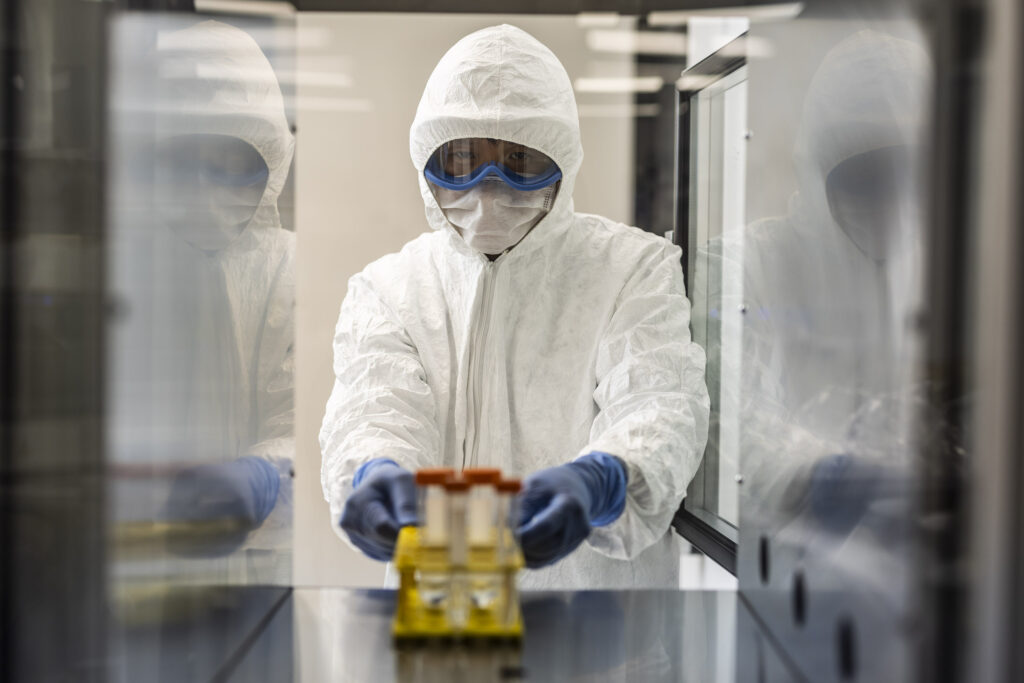NSW Develops World-First Foot and Mouth Disease Vaccine, with Support from TIA's RNA Products capability
Australia is now among a handful of countries with the capability to produce a vaccine to protect livestock against foot and mouth disease (FMD), following the announcement of a world-first mRNA vaccine developed through a $20 million partnership between the NSW Government and Meat & Livestock Australia.
The project is a consortium of local and international partners, including biotechnology leader Tiba Biotech, the NSW Department of Primary Industries and Regional Development, Meat & Livestock Australia, and the German Friedrich–Loeffler Institut.
The aim of the vaccine is to protect the community from the potentially dramatic impact of FMD on the supply of meat, milk, and lamb in Australian supermarkets — impacts that could result from reduced domestic livestock, disrupted processing and transport, and shortages for consumers.
The breakthrough has received national attention, including coverage on ABC TV and in the Sydney Morning Herald, highlighting its significance for Australia’s food security and livestock industry. FMD is a highly contagious viral disease affecting cattle, sheep, goats, and pigs, and a widespread outbreak in Australia could cost the economy up to $80 billion.

“Developing local capacity to produce vaccines against emergency animal diseases is a critical priority for the NSW Government, Australia’s livestock industries and our economy”
Tara Moriarty, Agriculture Minister
Local vaccine production is being made possible through mRNA manufacturing capability at the UNSW RNA Institute in partnership with the UNSW Recombinant Products Facility, two facilities supported by Therapeutic Innovation Australia (TIA) through the National Collaborative Research Infrastructure Strategy (NCRIS). The Institute is currently working on the capability to manufacture the vaccine, helping to build national preparedness in the face of future biosecurity threats.
While originally established to support the development of human health therapeutics, the RNA Institute’s contribution to this animal vaccine reflects the broader impact of NCRIS-supported infrastructure across sectors.
The Sydney-based institute is also part of the newly launched $17.6 million RNA Research and Training Network, which aims to develop RNA skills and manufacturing capability across NSW. This investment will not only support future vaccine development but also help grow a highly skilled RNA workforce.
The FMD vaccine, which is fully synthetic and does not require live virus to produce, is now undergoing regulatory review by the Australian Pesticides and Veterinary Medicines Authority (APVMA). Pending approval, it could be deployed in an emergency response scenario to help safeguard Australia’s livestock industry and food supply chain.
TIA recently visited the UNSW RNA Institute to speak with the LNP production team about their work and the broader role of RNA research infrastructure in Australia. You can watch the interview below.
